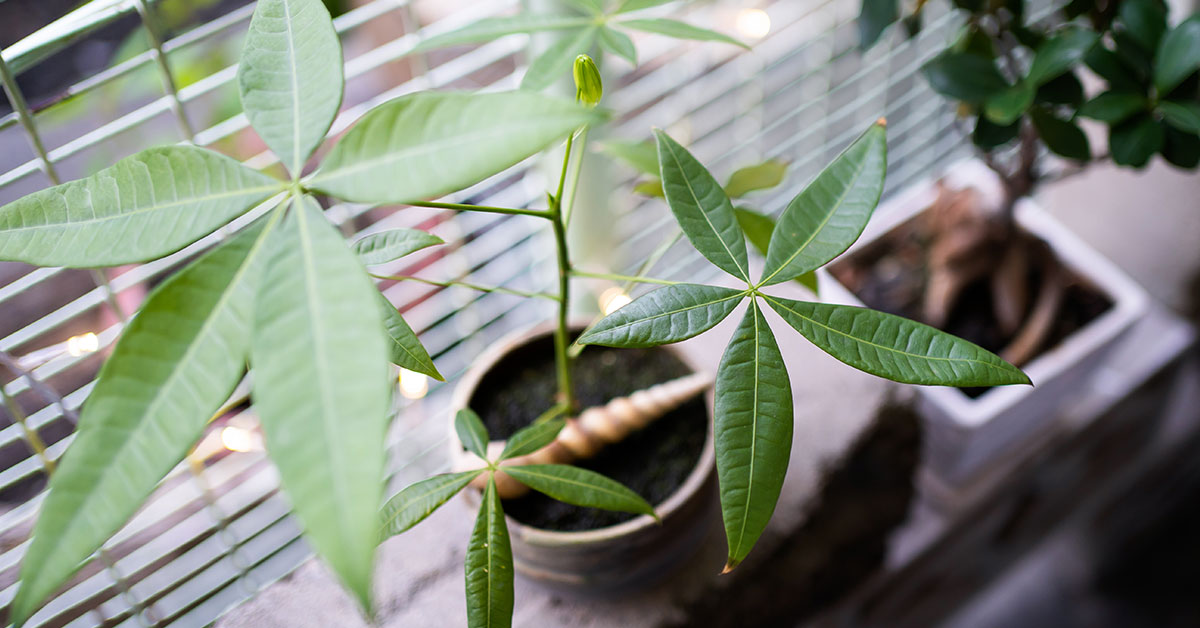Money Trees (Pachira aquatica) are a popular and easy-to-care-for houseplant with a long history of being used as a symbol of good luck and prosperity. Propagating a Money Tree is an economical way to share the luck and love of this beautiful plant with friends and family. With the right know-how and a little patience, you can easily learn how to propagate a Money Tree. We will discuss the best methods for propagating a Money Tree. Additionally, providing helpful tips and tricks for ensuring successful propagation.
Is It Time To Propagate My Money Tree?
Money trees are becoming increasingly common among those looking to give a meaningful and symbolic gift. The money tree is a popular symbol of good luck, prosperity, and wealth. People propagate money trees for a variety of reasons including the symbolism behind them. In addition to their easy care instructions, and their unique appearance. The tree’s leaves are said to resemble coins, representing wealth and abundance. The five or seven leaves on each branch are said to represent the five or seven elements of luck. Money trees are also easy to care for and can be kept indoors or outdoors. Making them a low-maintenance and long-lasting gift. Finally, money trees are aesthetically pleasing and make a great addition to any home or office. All these reasons make money trees the perfect gift for any occasion.
How To Propagate A Money Tree
To propagate a money tree, start by carefully cutting a branch from an existing money tree. Take a sharp, sterile knife, and make a clean cut a few inches below a leaf node. Remove any leaves from the bottom of the cutting, and place it in a glass of water. Place the glass in a bright area, out of direct sunlight, and keep the water level full. In a few weeks, the cutting should develop roots. Once the roots are 1-2 inches long, you can pot the cutting in soil. Place it in bright, indirect sunlight, and water it when the top of the soil is dry.
When propagating a money tree, providing the right soil is essential to the success of the process. Money trees prefer a well-draining soil mixture that’s rich in organic matter. The ideal soil consists of equal parts of potting soil, perlite, and peat moss. When combined, this mixture provides the right balance of moisture retention and drainage that money trees need to thrive. Additionally, you can add a layer of pebbles or coarse sand at the bottom of the planter to help with drainage. It’s also important to water your money tree regularly, allowing the soil to dry out between waterings. With the right soil and watering regimen, your money tree will propagate and thrive.
Providing Aftercare
Providing aftercare for a money tree that’s been propagated is essential for its survival and growth. Once the money tree has been propagated, it should be placed in indirect sunlight and watered deeply once a week. Money trees prefer to be in soil that is slightly moist, so it’s important to check the soil on a regular basis and make sure it’s not too dry. Additionally, money trees should be misted with water every few days in order to keep the humidity levels high. Fertilizing should be done every two weeks in order to promote healthy growth. Finally, money trees should be repotted every two to three years, as this helps to prevent the soil from becoming depleted of nutrients, and allows for adequate growth.
Pruning a money tree that has been propagated is a straightforward process, but it should be done with care. Begin by using clean and sharp pruning shears to cut away any dead or diseased branches or leaves. Then, remove any stems or branches that are growing in an unnatural or awkward direction. Trim away any long or spindly branches that are not contributing to the desired shape of the tree. Finally, use thinning shears to reduce the overall size of the tree, or to create a more balanced and aesthetically pleasing shape. When trimming the money tree, be sure not to take off too much at once. Doing so can cause shock and potentially stunt the growth and health of the plant.













